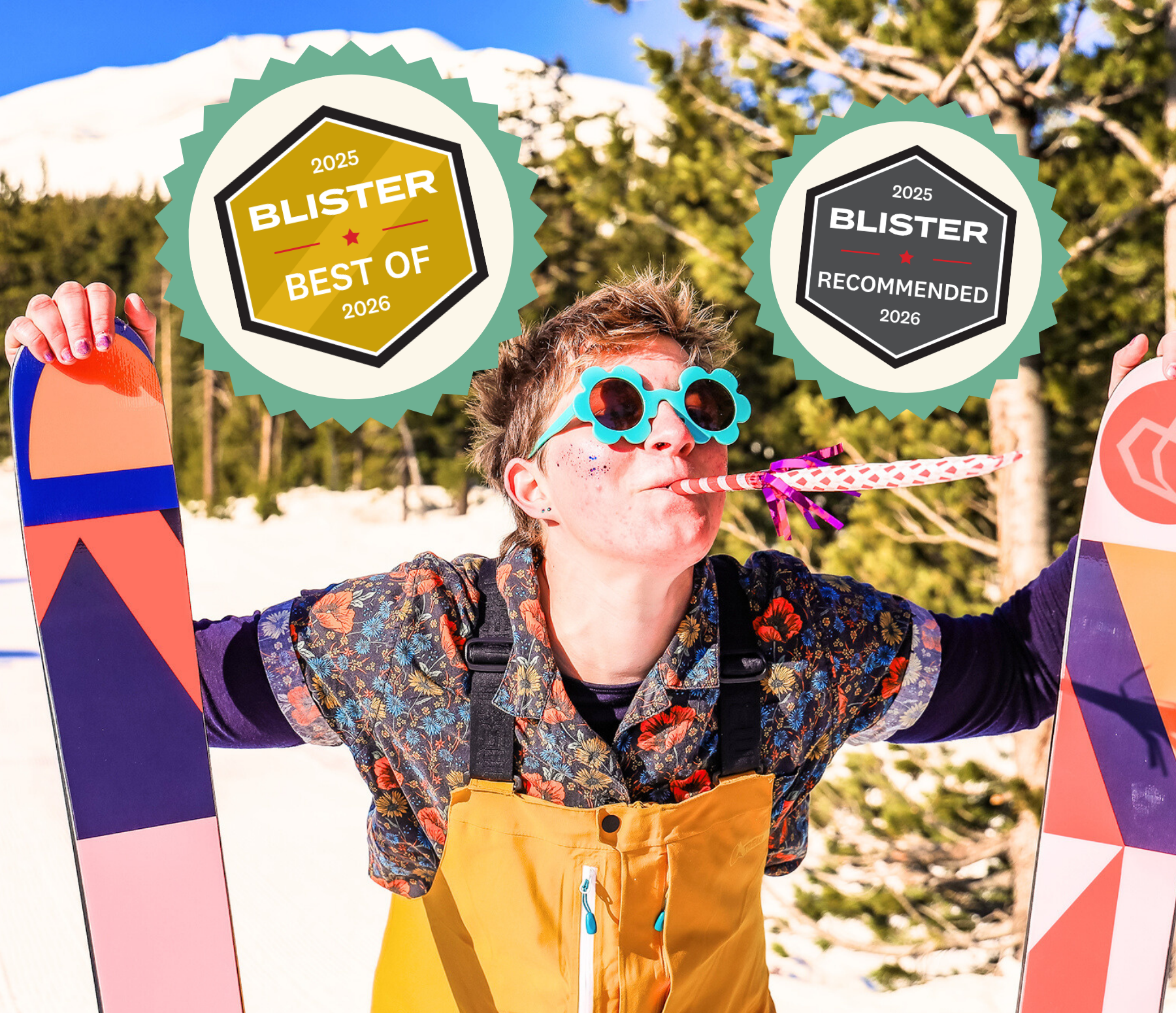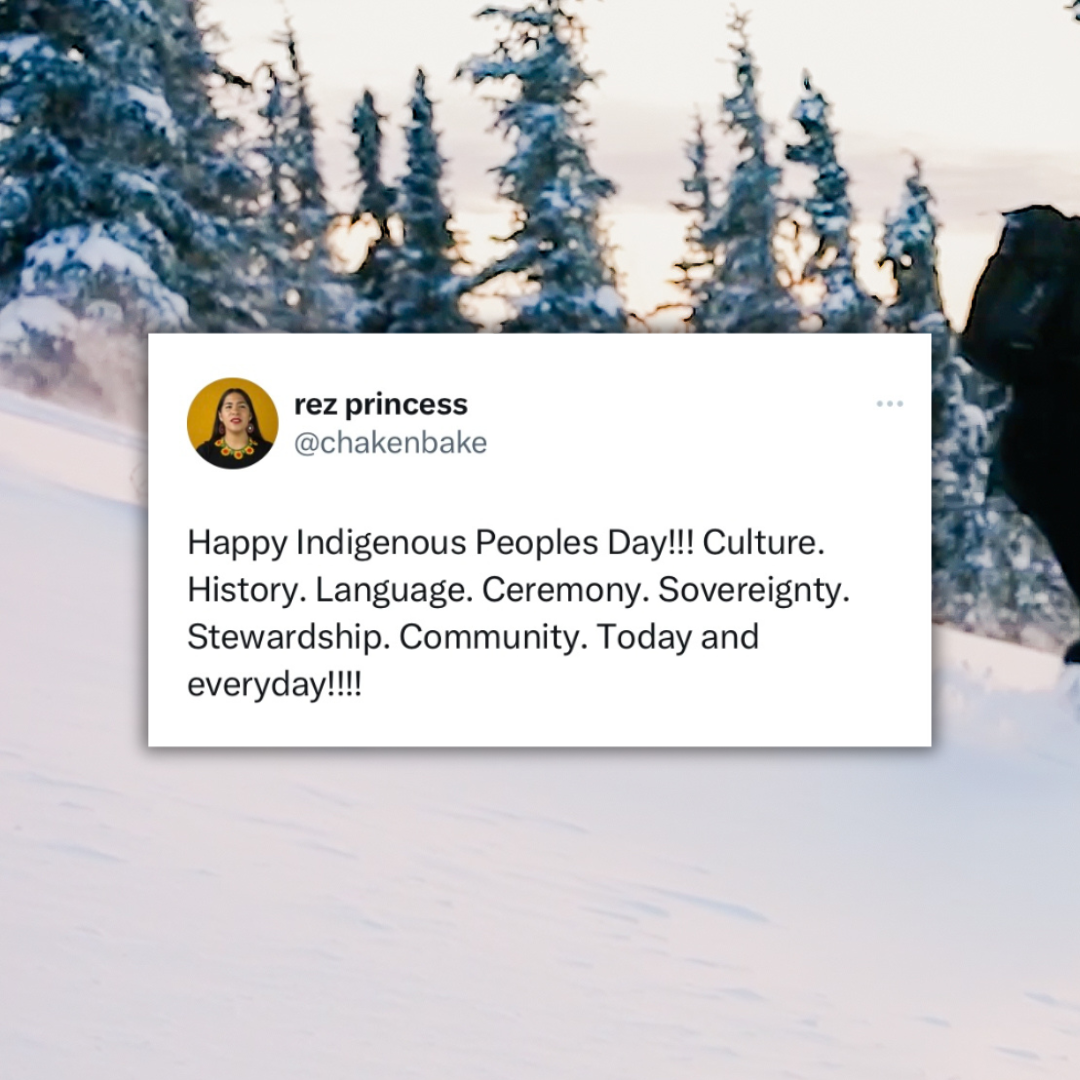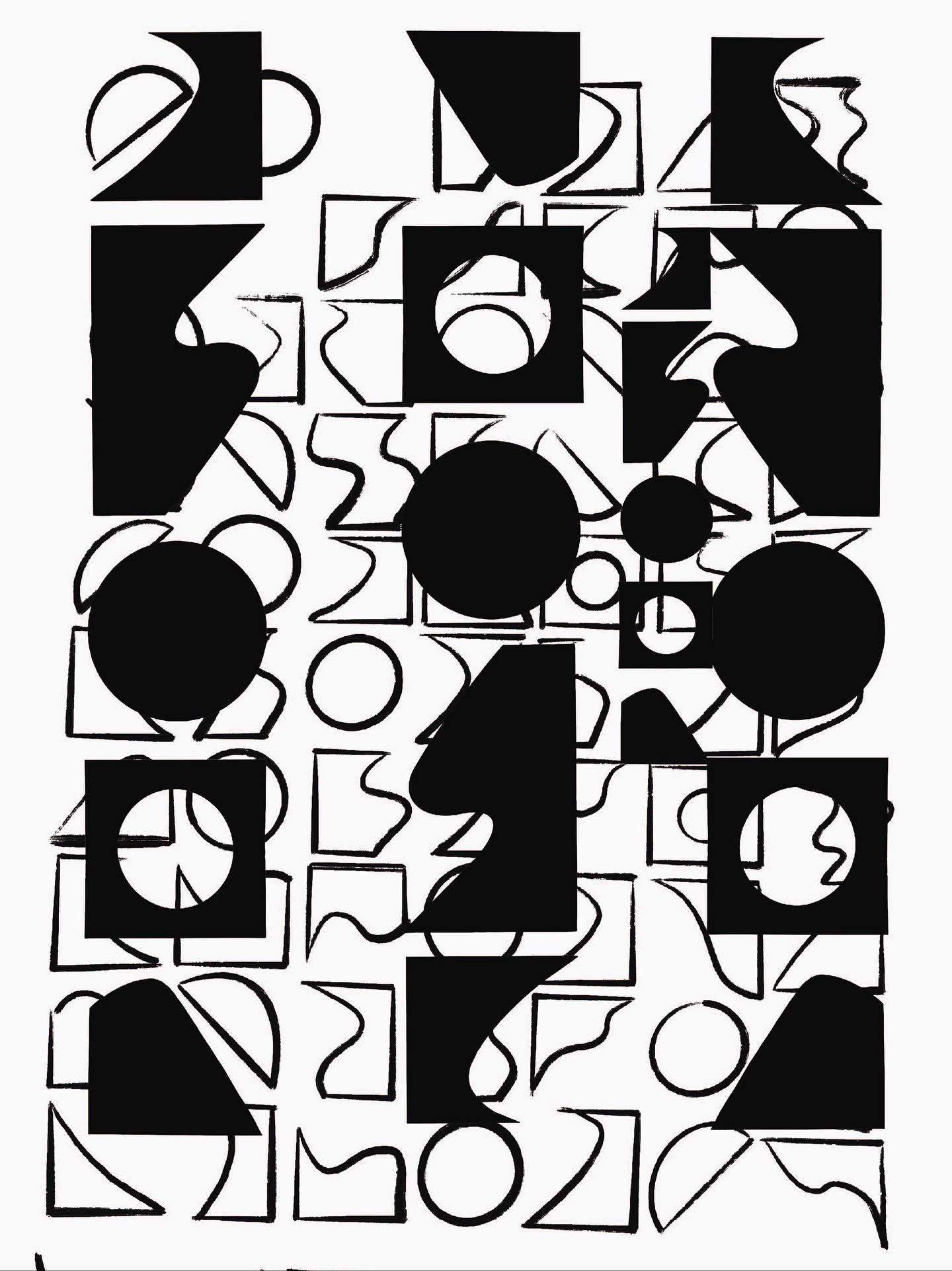By Jennifer Gurecki | @yogurecki
Photography by Julianna Gauron | @julianne_snow, Jennifer Gurecki | @yogurecki, Roz Groenewoud | @rozgroenewoud, Laxmi Magar | @magar_lux
With legendary peaks like Everest, you can only imagine what the hills might be like in Nepal. This was not obvious to neither myself nor Roz Groenewoud prior to cycling the lower trans-Himalayan route from Kathmandu to Pokhara, but it became clear as day the minute we clipped into our pedals and began the daily ascent of 8,000 plus feet. What ensued was a hodgepodge of suffering and extreme Type 2 fun, peppered with a solid bout of heat exhaustion and childlike giddiness when the mountain tops peeked out from beneath the clouds. Along the way we stopped in quaint villages and bustling towns, meandering through river valleys and along ridge lines, exchanging “Namaste” with nearly every person we locked eyes with. Nepal lands on most people’s bucket lists and for good reason: The people are unassuming and friendly, the landscape is breathtaking, and the history and culture are rich.

We knew that nothing would go perfectly as planned. It’s inevitable, as everything seems to unfold when you find your feet firmly planted on the ground as opposed to your fingers pecking away at emails in preparation. It’s only when you arrive in the country and have face-to-face conversations with the locals that everything materializes. But we didn’t realize just how much would be different.
Nothing really went as we expected. Our third rider, Julianne Gauron (the photographer of many of these photos) fell ill before we left and doctor’s orders required her to stay out of the saddle. Then Roz and I met up with the team at Portal Bikes, and we learned that our initial route that favored road bikes—a 14-day trip that started in Kathmandu and took us south to Chitwan National Park and the birthplace of Buddha, before wrapping up in Pokhara—wasn’t ideal for a few reasons. For starters, there was the 90 degree heat and high humidity, both of which we thought could be mitigated with early morning rides. What we didn’t grasp until we were in Nepal was the palpable thickness of this combination; it was like moving through molasses.
The second hiccup was not the vehicles we’d ride alongside, but the unique experience they would create. While we both cut our teeth road cycling through Africa with narrow to non-existent shoulders as semi-trucks, buses, and cars darted past us, what we didn’t know about Nepal was the honking. Drivers speak to one another by laying on the horn, which is never a simple beep, but more of the makings of an off-beat band, each with their own sound and rhythm. This cacophony, we were told, meant that we should wear earplugs and have a support vehicle follow us in case we were caught by surprise. No thank you.
After hours of deliberation, we opted to ride the lower Great Himalaya Trail. Known as the “cultural route” in Nepal, our ride would take us through the lesser-known, remote country side, spanning jungles, green rice terraces, rivers, and villages off the beaten tourist path. We were told by our friends at Portal Bikes, and confirmed by our guide Laxmi Magar, that this route would have a fraction of the cars, and the weather would be far more temperate. The road conditions were questionable, but roads were marked on a map and we assumed that they couldn’t be worse than the ones we navigated across Africa. And given that both of us have spent a good amount of our lives in the mountains, we felt confident that we could manage the hills on the route. We assumed wrong—we shouldn’t have been so confident.
“Flat” in Nepal defies physics. It is not what most of us, who were not born in a country home to Mount Everest, the highest mountain in the world, would consider climbing. Pair “flat” with the moments of “rest” that you are meant to experience while cycling through hills and things get very exciting/exhausting/embarrassing. No one told us about Nepali flat, but clearly it was something that everyone knew but us.
Roz and I spent a fair amount of time pushing our Liv Avail AR bike uphill (a word that I still use very loosely). We careened down rocky roads (also open to interpretation), proving that suspension wasn’t mandatory. We pedaled painlessly on the most inviting smooth gravel (wishing there was more). And we let it all go on 10 kilometers of tarmac that was likely the best road in all of Nepal (we earned that shit).

The number one adventure rule is to not die. I almost broke this rule on day five. I had convinced myself that the clear signs of heat exhaustion— feeling like you’re going to shit your pants and vomit all at the same time— were my body’s reaction to me brushing my teeth with tap water. There are only so many days you can hike your bike, pedal in granny gear, and withstand the humidity and heat as you climb nearly 1,000 meters a day in only 60ish kilometers, before it takes a toll on the body. More than 600 people in the United States die from heat stroke every year, and the nausea mixed with the most awkward tingles and shivers down your spine as you sweat buckets are the first sign that it’s time to stop. If only it were that easy. The downside is that sometimes making the right decision for your health and the group means you beat yourself up for missing those precious clicks. I felt like an asshole for days and couldn’t stop blaming myself that I missed those 45 kilometers. In retrospect it was the best decision I made.

What is it about reaching the summit or finishing the ride that creates so much self-inflicted anxiety, and often disappointment? Why did I feel an incredible sense of loss and regret, running through different scenarios that could have led to a different outcome, even though I knew that I likely saved my life and didn’t put Roz and Laxmi in jeopardy? Overcoming the expectations you place on yourself and your adventure is never easy. Only in retrospect does it all feel good, when you settle in with the fact that you did the right thing. You know this because you’re still alive.
You really have to appreciate how your tripmates tolerate you when you are at your absolute worst. Like when you are consistently 45 minutes behind because you aren’t as strong or young (Roz says age has nothing to do with it, but I’m not letting her take that away from me). Or when you fall off your bike and have to sleep it off in a small shack full of chickens and really good snacks next to a river in the heat of the day (that wasn’t me this time). They are there to celebrate you when you win at riding your bike up a hill, down a hill, or through a really flat section that isn’t actually flat because you are in Nepal. Despite the early mornings, heat exhaustion, hike-a-bike, gear failure, route changes, sweat, and smells, our friendship endured. And we added a third, our guide Laxmi, who said that she forgot laughing until she met us. We’ll take that as a compliment.







We hauled our Liv Avail AR bikes to Nepal for our cycling trip, but you can keep your airport experience hassle free by renting a mountain bike from Himalayan Single Track. Not only do women make up 50% of their workforce, but co-owner Jenny Caunt also helped to found the Ladies Mountain League, an informal group of women who share skills and build community through their love of cycling and outdoor adventure. Since 2015, Ladies Mountain League has helped more than 35 girls learn how to mountain bike. Almost half of them now own their own bikes thanks to Himalayan Single Track’s lending program that allows the girls to pay for their bikes over time. In the future, Caunt plans on sponsoring women who compete professionally. “If you send men to compete, you don’t get anything back from them. The women support each other so much and it’s so rewarding,” she said. Find out more at HimalayanSingletrack.com and LadiesMountainLeague.com.

We were terrified to cycle through Kathmandu, as people (read: Westerners) don’t often write rave reviews about this three-million strong urban landing spot. But what they don’t realize is that the only reason people are here is for work. Tourism accounts for more than seven percent of Nepal’s GDP, which means we are responsible in part for creating what we hate. If you find value in the richness of urban centers, it’s here. You just have to look a little harder. When we finished our ride, we felt like we were coming home when we arrived at the Kathmandu Village House, a place that welcomed us like we were old friends.
In retrospect, we should have travelled with at least three bikes for the terrain we encountered, but alas, we had only our Liv Avail AR. It did the trick surprisingly well, although it was definitely one of those “don’t try this at home” moments. We took those beautiful bikes on roads that would have broken a lesser bike in half. And by roads, we mean all types of roads. Cobblestone. Pit-holed pavement. Smooth dirt. Dirt so fine the dust stuck to your teeth. Rutted roads. Rocks. More rocks. The most pristine tarmac known to any human being. Nepal is one of those places where you don’t know what you’ll find around that bend in the road. Perhaps the lack of predictability is exactly why we were so drawn to it. You have to exist a bit more in the moment, check your expectations and ego, and find a way to adapt, rather than expecting everything else to shift around you.


Roz and I are following in the footsteps of women who have found themselves drawn to the freedom and excitement of the bicycle. Tessa Hulls, the visual artist/comic/writer/adventurer who also happens to be an expert on the history of women in cycling, said that women like Maria Ward, Tillie Anderson, Alice Austen, Louise Armaindo, Joyce Barry, Rosa May Billinghurst, Lizzie Baymer, Amelia Bloomer, Elsa von Blumen, Martha Hughes Cannon, Hélène Dutrieu, Flora Drummond, Margaret Gast, Mary Sargent Hopkins, Frances Benjamin Johnston, Annie Londonderry, Kittie Knox, Annie Oakley, Elizabeth Robins Pennell, Dora Rinehart, Tessie Reynolds, Billie Samuels, Alfonsina Strada, Valda Unthank, Maria Ward, Frances Willard, Ginny Wood, and Fanny Bullock Workman (they all deserve to be named in order to recognize women’s contribution to the sport) found themselves at the height of the cycling revolution in the 1890s. It was the pinnacle of transportation technology, and it granted women a freedom of movement that they had never seen before.
Hulls said that not only could they leave their houses for the first time with ease, their entire wardrobe changed with the invention of the bloomer by Amelia Bloomer. But when the Model T came along in 1908, it “took away the momentum of the bicycle being an agent of change,” Hulls said. Cycling lost its credibility as a legitimate mode of transportation and was relegated to a lifestyle activity. Women’s accomplishments in cycling were all but erased as they were lost in the shuffle. Roz and I hope that our friendship and story can help change that because our stories of life on the road and in the saddle need to be told.




